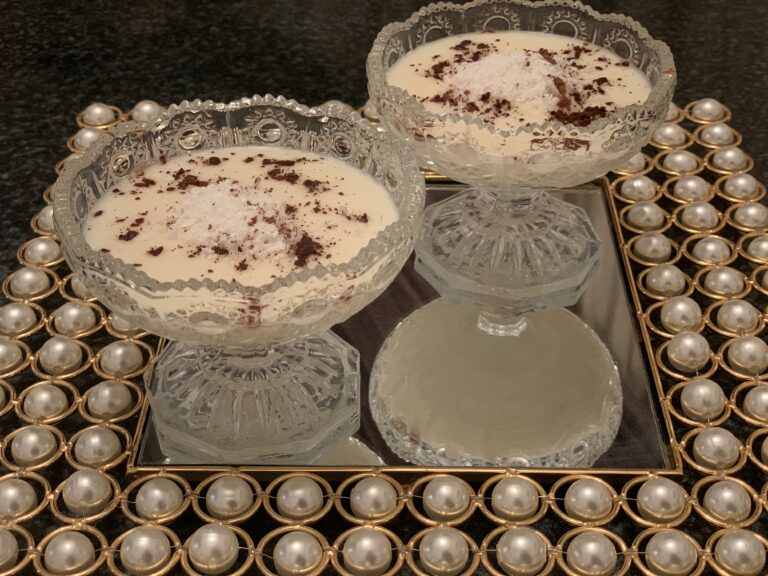Introduction: Libyan cuisine and its sweet delights
Libyan cuisine is well-known for its spicy and delicious savory dishes, but its sweet side is just as impressive. Libyan sweets and desserts are a reflection of the country’s cultural heritage, influenced by Arab and Mediterranean cuisines. Sweet treats are an essential part of Libyan culture and are enjoyed on various occasions such as weddings, religious holidays, and family gatherings.
Dates and honey: the traditional Libyan sweets
Dates and honey are essential ingredients in many Libyan desserts. Dates are a popular ingredient in desserts such as Maakroun and Baklawa, which are made with layers of phyllo pastry filled with date paste and nuts. Honey is used as a sweetener in many Libyan sweets, such as Mhalbiya, a creamy dessert made with milk, rice, and honey. Libyan sweets made with dates and honey are not only delicious but also nutritious, as they are rich in vitamins and minerals.
Basboosa: the popular Libyan cake
Basboosa is a popular cake in Libya, made with semolina, coconut, yogurt, sugar, and baking powder. The cake is soaked in a sweet syrup made with honey, lemon juice, and water after it is baked. Basboosa is usually cut into diamond shapes, making it perfect for serving at parties and gatherings. It is a favorite dessert among Libyans and is often enjoyed with a cup of tea or coffee.
Ghoriba and Kahk: the Libyan cookies
Ghoriba and Kahk are two types of cookies that are common in Libyan cuisine. Ghoriba is a soft and crumbly cookie made with flour, sugar, and butter or oil. It can be flavored with nuts, sesame seeds, or spices such as cinnamon or cardamom. Kahk, on the other hand, is a harder cookie that is usually served during Eid Al-Fitr, the celebration that marks the end of Ramadan. It is made with semolina, butter, sugar, and yeast, and is often filled with dates or nuts.
Asida: the Libyan pudding for special occasions
Asida is a traditional Libyan pudding that is usually served on special occasions such as weddings and religious holidays. It is made with flour, butter, and water, and is cooked on the stovetop until it becomes a thick pudding-like consistency. Asida is usually served with honey, butter, or syrup and is topped with nuts, raisins, or dates.
Conclusion: the richness of Libyan cuisine’s sweet side
In conclusion, Libyan cuisine’s sweet side is rich in flavor and diversity. The country’s desserts and sweets are a reflection of its cultural heritage, influenced by the Arab and Mediterranean cuisines that have shaped its cuisine over the centuries. From traditional treats like dates and honey to popular cakes like Basboosa and cookies like Ghoriba and Kahk, Libyan sweets are a delicious and essential part of the country’s culinary traditions.

